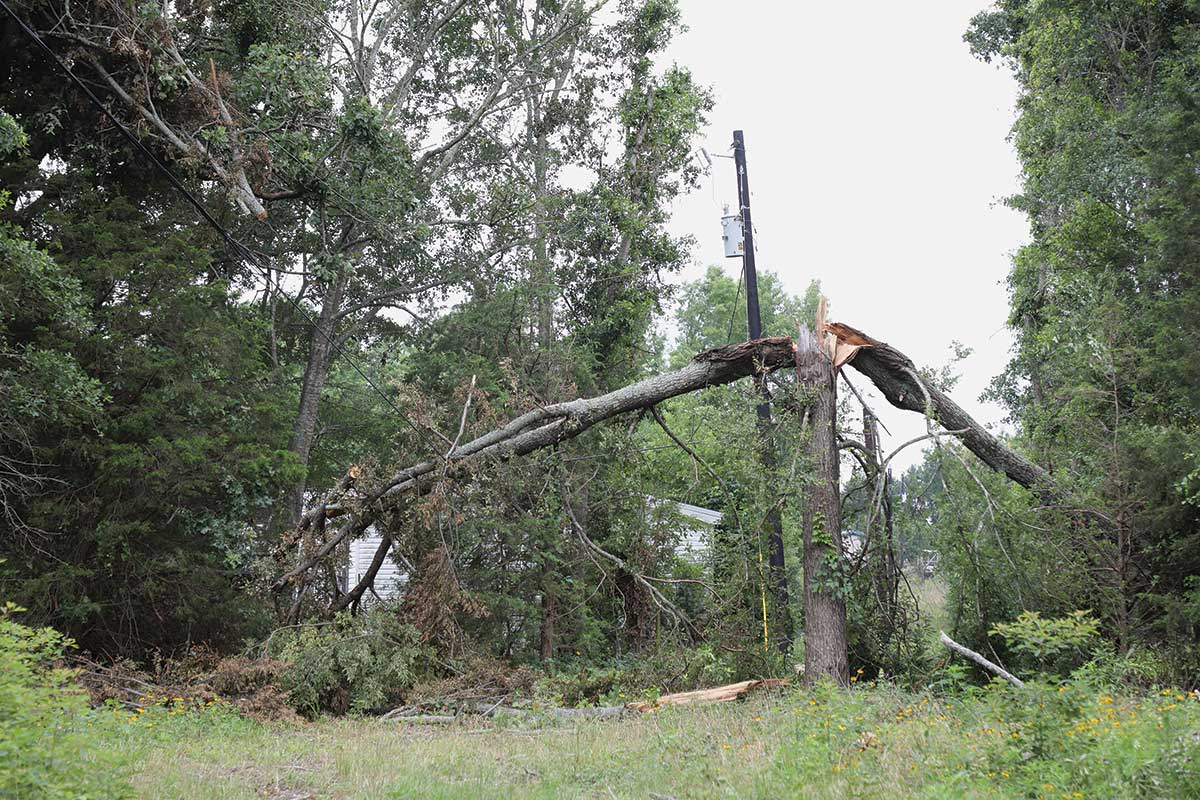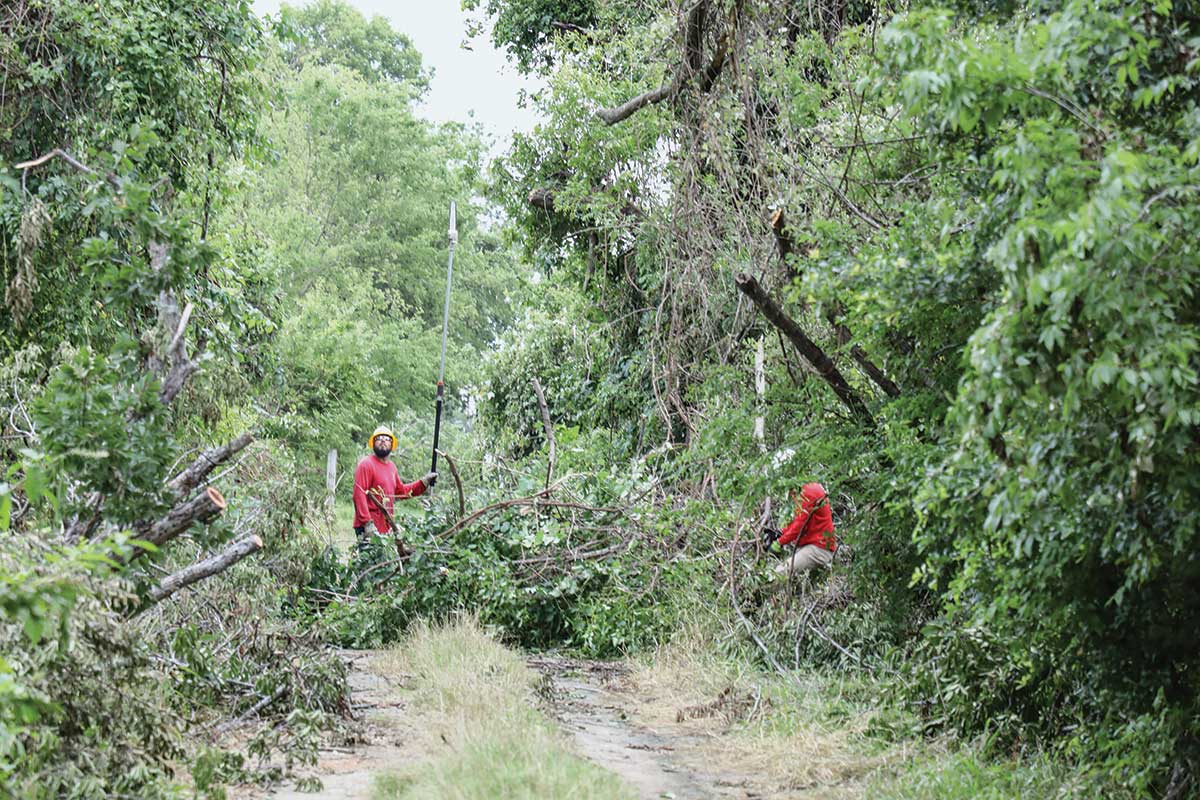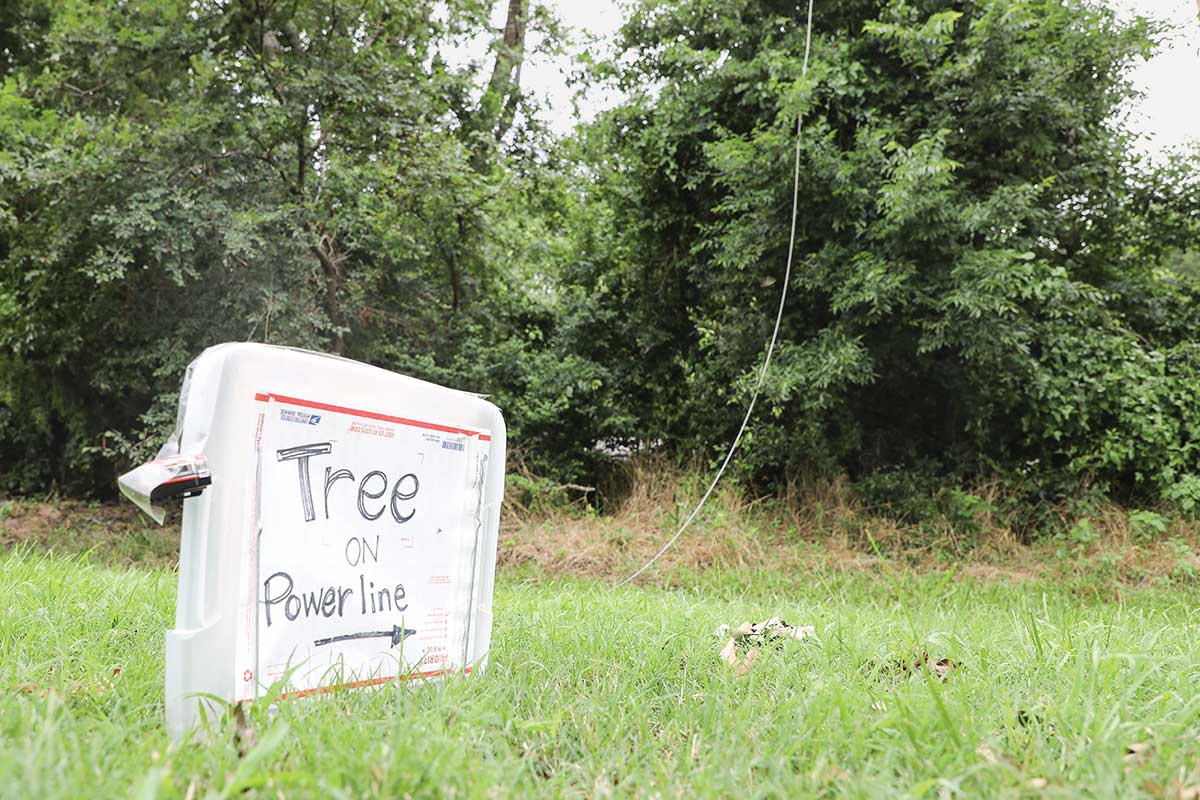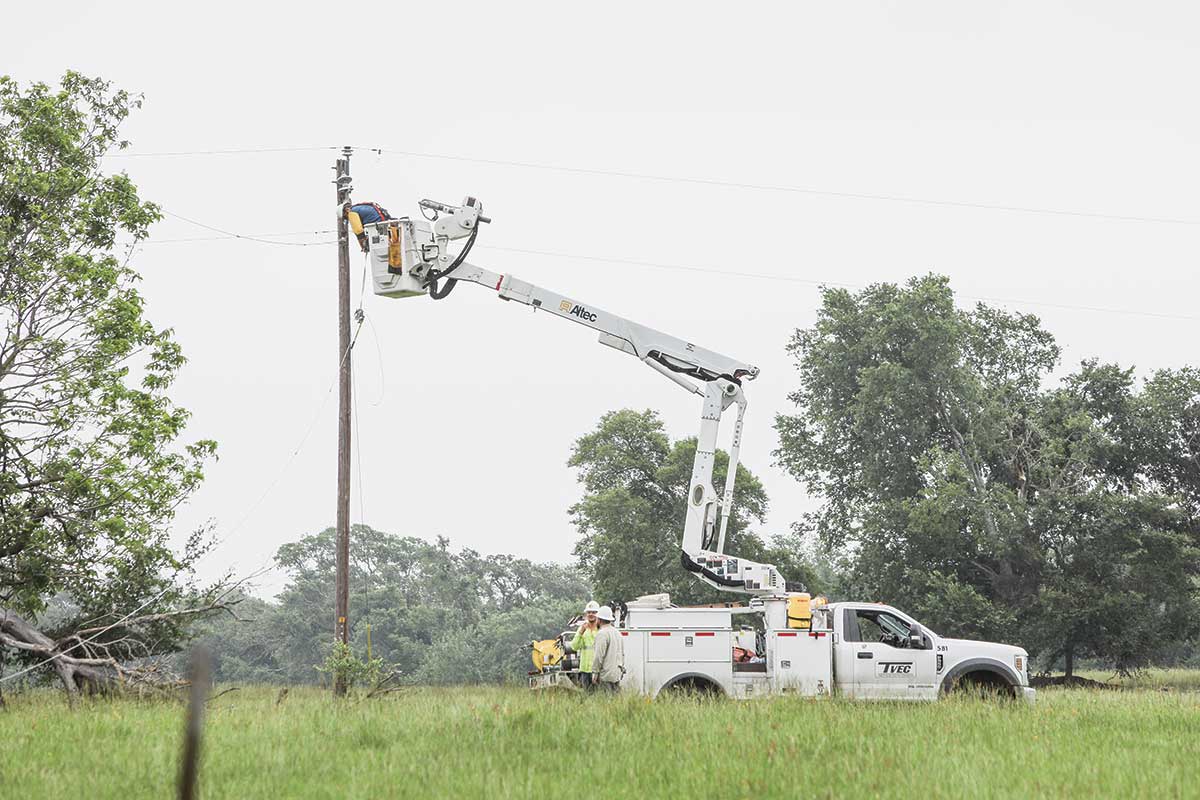As the general manager and a fellow member of Trinity Valley Electric Cooperative, I’m accustomed to members’ questions about power outages and why it can take time to get the lights back on. Simply put, there is never a good time to be without electricity.
This month I’d like to shed light on our restoration process to help our members understand what can happen behind the scenes. Here are 10 things you might not know about restoration.
1. We need you. Reporting your outage puts your account into our outage system and ensures that our system operators are aware of the issue.
2. Our employees might be affected. Because TVEC is a local business, our employees are local too. When you’re without power, our people are also likely to be affected.
3. It’s a team effort. Every one of our employees are working to get your power restored as soon as possible. Our member services representatives take your calls, engineers and field staff survey damage, our vegetation management team clears hazards, dispatchers organize crews, and communicators keep everyone informed of progress or potential dangers. When your power goes out, we all work together as quickly and safely as possible.
4. We assess the situation first. Every outage is different, bringing various dangers and damaged equipment. If you see a truck respond and then leave, they may be part of an assessment team.
5. Some outages must take priority. Our crews focus first on public safety issues and critical services. Then we complete work that impacts the largest number of people.

Power restoration after strong thunderstorms often includes a lot of tree removal along with the repair or replacement of the electrical infrastructure.
Don Johnson

TVEC’s tree trimming partners are often needed in order to access the areas where damage has occurred.
Don Johnson
6. Our employees face many hazards. Besides working around high-voltage electricity, our crews are on alert for wild animals, active weather, falling trees and fast-moving cars.
7. Flickering lights and short outages may be part of the restoration process. The whole electrical system is connected, and work on the system can affect a large area. That means work somewhere along the line may cause short “blinks” at your location. Crews may also need to temporarily disconnect power to work safely or reroute power to an affected area while restoration work continues.
8. For critical power needs, develop a backup plan. We always do our best to restore power as quickly as possible, but if you depend on electricity for life support purposes, it is important to have backup plan.
9. Crews must work together. In order to work safely and efficiently, line crews must be carefully coordinated. If you ever see our trucks lined up on the roadside, they are likely planning their next assignment or waiting for clearance to begin work.
10. Sometimes it’s a waiting game. Our distribution system is connected to power generation through transmission service providers. If our outage is due to an issue on the transmission system, the transmission provider must perform their repairs to get the power flowing again.
If the lights go out, know that your co-op team is working as quickly and safely as possible to restore power.

Don Johnson


